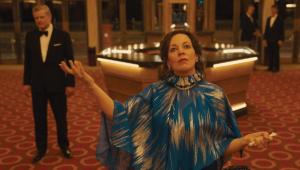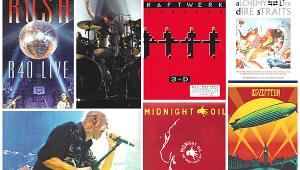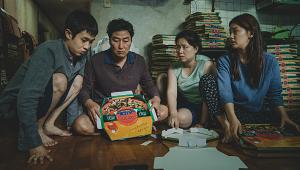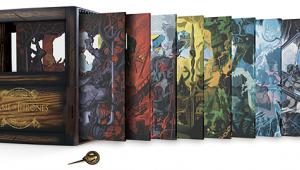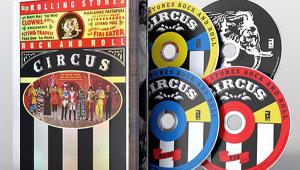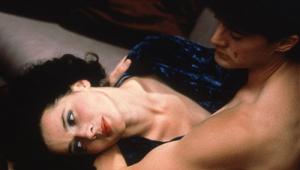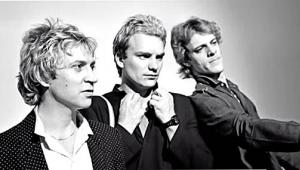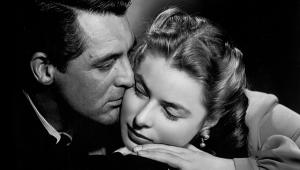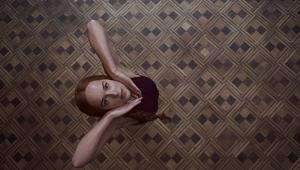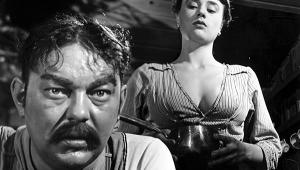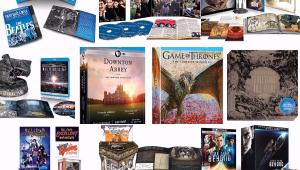The Lion King's New Roar

But the most successful Disney movie of all is 1994's The Lion King. The performances of James Earl Jones, Matthew Broderick, Jeremy Irons, Nathan Lane, and Whoopi Goldberg made Mufasa, Simba, Uncle Scar, Timon, and Shenzi unforgettable. And the songwriting team of Elton John and Tim Rice made sure that tunes like "Hakuna Matata," "The Circle of Life," and the Oscar-winning "Can You Feel the Love Tonight" were engraved in the minds of moviegoers young and old.
Given its pedigree, you know that people can't wait to see The Lion King on DVD. But Disney went well beyond just putting the film on disc - they created a Special Edition that's truly special. The two-disc set includes both the original theatrical cut plus a new version with an animated sequence made up for the John/Rice song "Morning Report" (from the Broadway production). Even more unusual is the inclusion of both the theatrical 5.1-channel mix and a "5.1 Disney Enhanced Home Theater Mix."
To find out why Disney made the extra effort to redo the soundtrack for DVD, I went to Burbank, CA, to visit the legendary studio where the classic films were made.
Into Africa - and California Terry Porter is the man behind the mix - both DVD mixes, actually, since he did the theatrical and home theater versions. Porter has worked on over 120 movies and TV shows - everything from The Terminator to Fantasia 2000. And he's earned Oscar nominations for Star Trek IV: The Voyage Home, Beauty and the Beast, and Aladdin. Noting that he supervised the restoration of his mixes for both the Little Mermaid and Beauty and the Beast for DVD, Porter says wryly, "You know you've been around a long time when you're restoring your own work."
I'm talking with him in Disney's historic Main Theater, built in 1937 for postproduction on the original Fantasia, where he's a lead rerecording mixer - one of the primary engineers who works on a soundtrack mix. Porter explains that to understand just how "Enhanced" the home theater version of The Lion King is, you have to go back to the original theatrical soundtrack, which involved three engineers. He was the lead mixer and handled dialogue, Mel Metcalfe supervised the music, and David J. Hudson oversaw the sound effects.
When engineers mix for movie theater playback, they sit in a room that's essentially a movie theater itself, with a projector, a screen, and speakers behind the screen and along the side and rear walls. Today, as in 1994, the Main Theater is equipped for 5.1-channel playback. But according to Porter, "at that time there weren't a lot of 5.1 movie theaters. So the main consideration was really how the soundtrack was going to downmix to 2.0. This meant I had to be somewhat conservative with the 5.1 mix."
Given his mixing philosophy, it's not likely that Porter would have gone crazy with the original mix even if he didn't have to think about stereo playback. "I don't like audio gimmickry for gimmickry's sake," he says. "My approach is to support the film. We're telling a story, and we would have hated to have done something on the original Lion King in 5.1 that didn't sound very good in 2.0. But we walked a tight line, and we achieved a really nice balance."
Porter got a second shot at the soundtrack when The Lion King was later released in large-format theaters like IMAX. Most movie theaters have multiple speakers around the side and rear walls, so the surround tracks are reproduced from multiple sources. But according to Porter, most IMAX-type theaters are more similar to home theaters, with two surround speakers used for 5.1-channel playback.
"Because of the sound systems in these theaters, and because people would have to go to those theaters to see it, we could be more aggressive," Porter says. "So I started to experiment with some things. The aim wasn't to reinvent the mix but rather to make it play better."
- Log in or register to post comments
